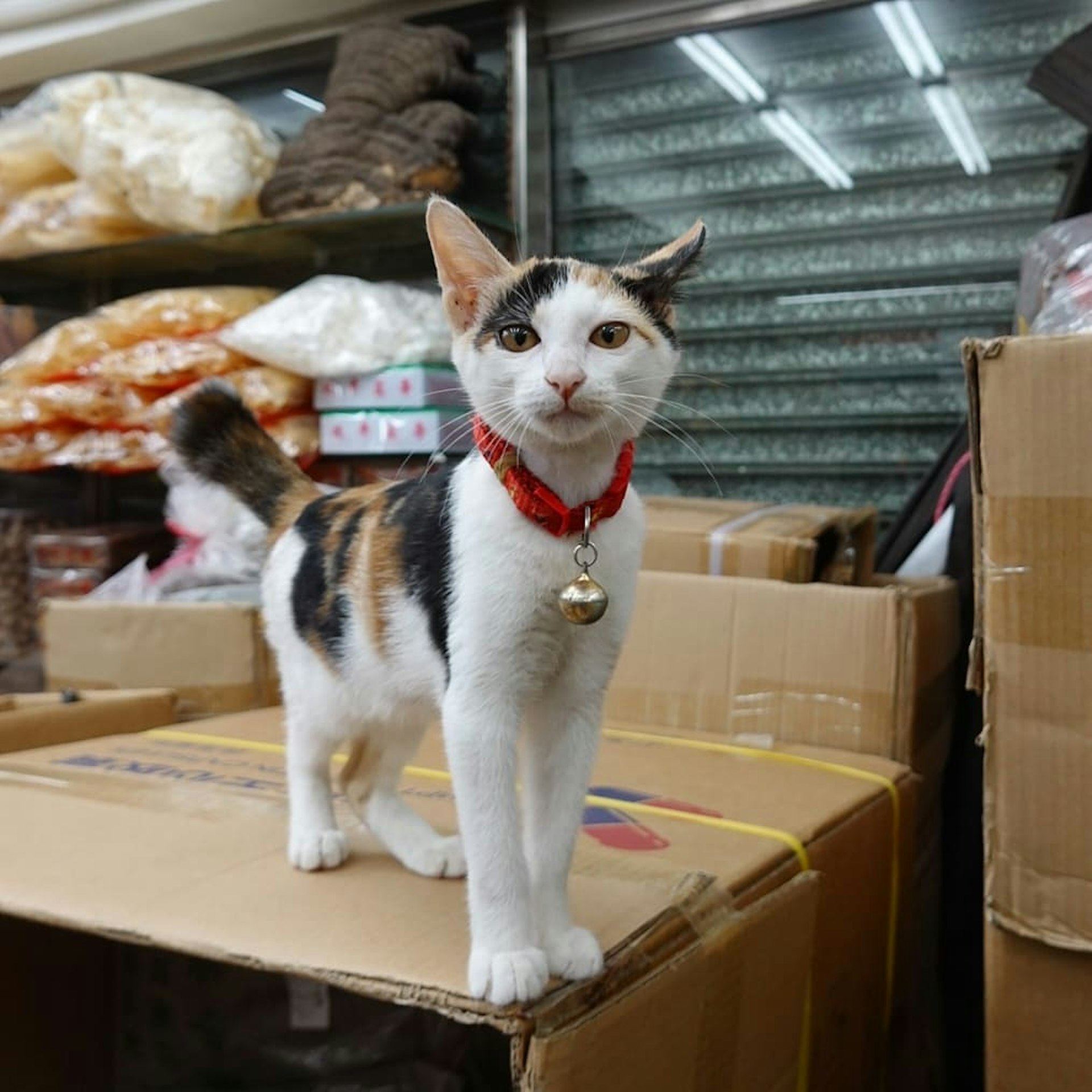Sheriff Street: Gritty shots of '80s Dublin
- Text by Miss Rosen
- Photography by Colm Pierce

In the 1980s, Dublin was struggling. Neither Fianna Fáil nor Fine Gael could get a handle on a struggling economy and with unemployment rates so high local youth were driven abroad to England in search of work.
After leaving school in 1986, Colm Pierce soon found himself on the dole. He wasn’t sure what he was going to do with himself until his mother showed him an ad in the local paper for the NCCCAP (North City Centre Community Action Project), a community group that offered a basic photography course.
“Photography appeared like a breath of fresh air. I was hooked straight away,” Pierce recalls. Although his father advised him to get “a real job” there was no turning back. “I felt this was for me,’ Pierce says. “It was too intense to let this go so I just went for it and spent all my dole money on film and chemicals.”

Inspired by the work of Dublin photographer Tony O’Shea and Derek Speirs who he studied with, as well as Josef Koudelka, Garry Winogrand, and Tony Ray-Jones, Pierce began to pursue street-level photography. With the advice of Speirs and O’Shea, Pierce began photographing Sheriff Street, a working-class neighbourhood by the docks beset by poverty, crime, and drugs.
“By the ‘80s it had made its name as a no-go area for police. When I was there they were moving families out and the kids played in the broken window frames of the vacant flats,” he says.

In the new books Sheriff Street Dublin 1989 Volumes I and II, Pierce brings together his photographs from that time to paint a captivating portrait of daily life in the neighbourhood.
“The kids were always playing in the street or in flats that were left vacant. They’d collect wood, broken furniture, bald car tires for their bonfires. They loved the burnt-out cars because they were theirs.” Pierce tells me.
“I remember once that someone had got a box of paper ribbon, the sort of stuff you find in cash registers, and kids went mad throwing it up in the air. There was this white paper ribbon everywhere just blowing in the wind. It was beautiful to see.”


As well as his photographs, Pierce can reflect on plenty of stories that show how Sheriff Street’s kids made the best of a bad situation, like the time he agreed to teach one of his subjects how to shoot his friends only to find him running off with it.
“The young lad pressed the button and darted off with my camera. I shot after him and before I caught up with him he stopped and turned around, gave me back the camera saying, ‘I was only messin’ with ya, mister.’”



Sheriff Street Dublin 1989 Volumes I and II are available now from Café Royal Books.
Follow Miss Rosen on Twitter.
Enjoyed this article? Like Huck on Facebook or follow us on Twitter.
Latest on Huck

Analogue Appreciation: Emma-Jean Thackray
Weirdo — In an ever more digital, online world, we ask our favourite artists about their most cherished pieces of physical culture. Today, multi-instrumentalist and Brownswood affiliate Emma-Jean Thackray.
Written by: Emma-Jean Thackray

Meet the shop cats of Hong Kong’s Sheung Wan district
Feline good — Traditionally adopted to keep away rats from expensive produce, the feline guardians have become part of the central neighbourhood’s fabric. Erica’s online series captures the local celebrities.
Written by: Isaac Muk

How trans rights activism and sex workers’ solidarity emerged in the ’70s and ’80s
Shoulder to Shoulder — In this extract from writer Jake Hall’s new book, which deep dives into the history of queer activism and coalition, they explore how anti-TERF and anti-SWERF campaigning developed from the same cloth.
Written by: Jake Hall

A behind the scenes look at the atomic wedgie community
Stretched out — Benjamin Fredrickson’s new project and photobook ‘Wedgies’ queers a time-old bullying act by exploring its erotic, extreme potential.
Written by: Isaac Muk

“Welcome to the Useless Class”: Ewan Morrison in conversation with Irvine Welsh
For Emma — Ahead of the Scottish author’s new novel, he sat down with Irvine Welsh for an in-depth discussion of its dystopic themes, and the upcoming AI “tsunami”.
Written by: Irvine Welsh

“Struggle helps people come together”: Sharon Van Etten & The Attachment Theory
Huck’s February interview — To hear more about the release of the indie darling’s first collaborative album, we caught up with her and Devra Hoff to hear about the record, motherhood in music and why the ’80s are back,
Written by: Isaac Muk